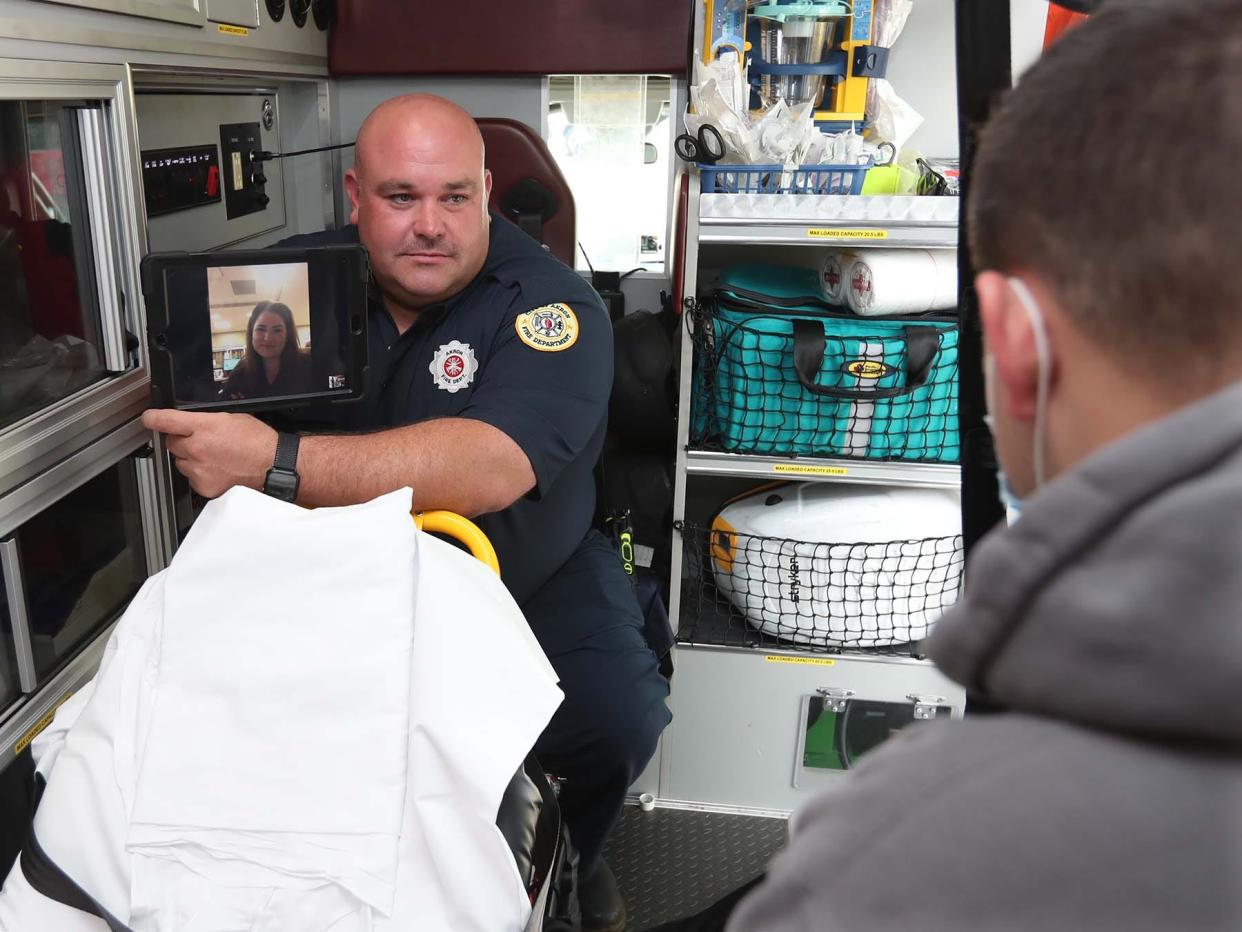8 ways the Akron Fire Department is addressing a potential overtime crisis

Akron, like many state and local governments, has used recent federal stimulus windfalls to grow its cash reserves during a pandemic that didn't hurt income tax receipts in the city the way some had feared.
Finance Director Steve Fricker has managed a cash reserve in the general fund that's nearly tripled since 2020. Mayor Dan Horrigan is on pace to leave the next mayor $25 million in a rainy day fund that had just over $3 million when he took office in 2016 and just 89 cents after being drained during the Great Recession more than a decade ago.
Overtime funded today by one-time federal stimulus, however, will eat into that pot of locally sourced revenue if not left unchecked.
So, here are eight things the fire department is doing to rein in spending and give medics time to recuperate:
Stack calls. Fire Chief Joe Natko said a policy should be in place by the end of August to triage 911 calls, meaning residents with low-level emergencies would wait longer for ambulances that head first to life-threatening calls.
Mobile crisis unit. Multiple police units and paramedics often respond to 911 calls for residents in mental health crises. Instead, a county health department employee, a single police officer and a single paramedic would be deployed on certain 911 calls to evaluate psychological patients and offer resources to subsequent 911 calls. This solution is still in the planning phase.
Try out an emergency medical technician with a paramedic on some ambulances instead of two medics. The city has won awards for exceeding what the state requires. But Kevin Gostkowski, head of the Akron Firefighters Association Local 330, figures this would be temporary fix through July when 30 firefighters, who start training this month, graduate from 10-month paramedic training.
Add even more emergency medical equipment to fire engines and ladder trucks. This will come at a cost, Gostkowski said. "You’re talking about putting drugs" and "heart monitors" on fire engines already jam-packed with hoses, axes, bulletproof vests and more. "We don’t have a whole lot of places" left to add anything, said Gostkowski, who works a fire engine.
Buy three more ambulances to add response capacity when the fleet's 13 ambulances are all out on calls. The first is at Fire Station 6. A second and third will cost $250,000 each, plus $75,000 for cots, cardiac monitors and other equipment.
Continue the REACH program (Resources Education and Advocacy for Community Health). By calling 330-812-7590, emailing REACH@akronohio.gov or visiting www.akronohio.gov/cms/AkronReach/index.html, residents at risk of falling — a common reason for contacting 911 — can request in-home safety assessments from paramedics who install grab bars, refer them for free smoke alarms and connect them with county resources to help them stay healthy while aging in their homes.
Expand telehealth in ambulances to avoid hospital runs by directly partnering with the Cleveland Clinic, instead of through a federally subsidized pilot program. Cleveland Clinic Akron General would video-conference with patients in ambulances who refuse to go to the hospital or are stable enough for private transport. Gostkowski said the virtual doctor visits take about 10 minutes instead of the time to drive and unload patients at busy emergency rooms. Doctors often don't pick up when medics call, Gostkowski said of the pilot program. A direct partnership would dedicate emergency room doctors.
Possibly partner with AxessPointe, which offers affordable health care to the community. "Medics are saying we should have been partnering with them all along," Gostkowski said, noting the partnership might be limited to normal business hours when AxessPointe is open.
Reach reporter Doug Livingston at dlivingston@thebeaconjournal.com or 330-996-3792.
This article originally appeared on Akron Beacon Journal: 8 possible solutions to Akron fire paramedic, staffing shortage

